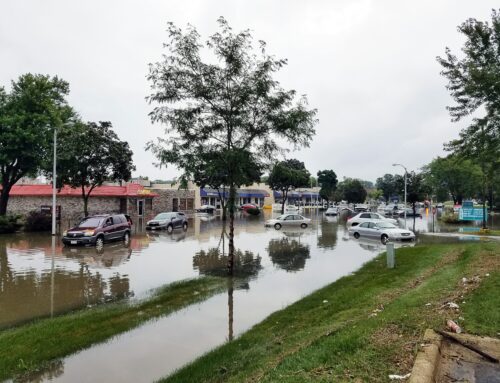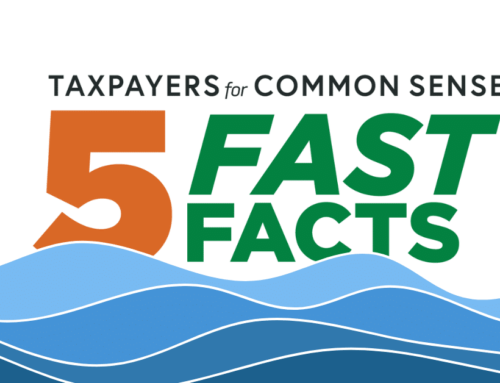Congress is scheduled to return next week for a “ lame duck ” session to pass a stimulus package to help jump start the flagging U.S. economy. Recent stimulus packages have come in the form of checks from Uncle Sam. This time think concrete, as the recent debate has turned to using federal spending on infrastructure projects as an economic stimulus.
In late September, the House passed a $57 billion stimulus package that sprinkled $30 billion worth of infrastructure spending to a variety of projects: $12.8 billion for highways and bridges; $11.5 billion for water infrastructure (wastewater treatment, dams and levees); $3.6 billion for transit capital projects and $1 billion for transit energy cost relief; and smaller amounts for Amtrak and airport improvement projects. The Senate’s response: thanks, but no thanks.
The question is whether infrastructure expenditures will provide the type of short term boost to the economy that will help turn the current downturn around quickly. Infrastructure spending is a net positive, because when you are done there are tangible improvements to the nation’s roads, airports, and water systems. Because the current economic downturn is expected to be fairly lengthy, some believe the time is ripe to use infrastructure spending to stimulate the economy, despite the longer lead time to get these projects moving.
The problem with this approach is that it is deficit spending, leaving taxpayers on the hook to pay for these projects. In addition the short-term benefits are limited, especially as stimulus spending. As a result, any stimulus package including infrastructure projects should be limited as well. Some are of the opinion that funding for ready to go projects, especially road repairs, could be justified as stimulus spending, but any larger infrastructure investment should be considered long-term and should be paid for.
Many advocates of increased highway and transportation spending like to point to the rosy figure that every $1 billion in new highway spending generates more than 47,000 new jobs, a figure derived from a study by the Department of Transportation (DOT). While widely cited, this number is false . DOT actually calculated the number of jobs supported by $1 billion in highway spending, not created. And only about half of that number would be direct construction jobs; the rest are jobs created when the dollars the construction workers spend percolate through the economy. It’s also important to note that the DOT adjusted this number downward in April 2008 to less than 35,000 jobs supported for every $1.25 billion in highway spending.
In its September package, the House stipulated that only those projects that could be started within 120 days are eligible for funding. If we are going to target infrastructure in the stimulus, Congress should go further to prioritize the funding. Any infrastructure related stimulus should require that these dollars be spent only on maintenance projects that will improve the safety and efficiency of our current infrastructure, not build new infrastructure that will require increased outlays in the future for maintenance and upkeep.
Trying to spend our way out of a fiscal crisis is a dicey proposition, so any effort must be very limited and focused. The recent talk of another $150 billion to $200 billion stimulus is far too high. Congress must be prudent, and remember that profligate spending is part of what got us into this mess in the first place.











Get Social